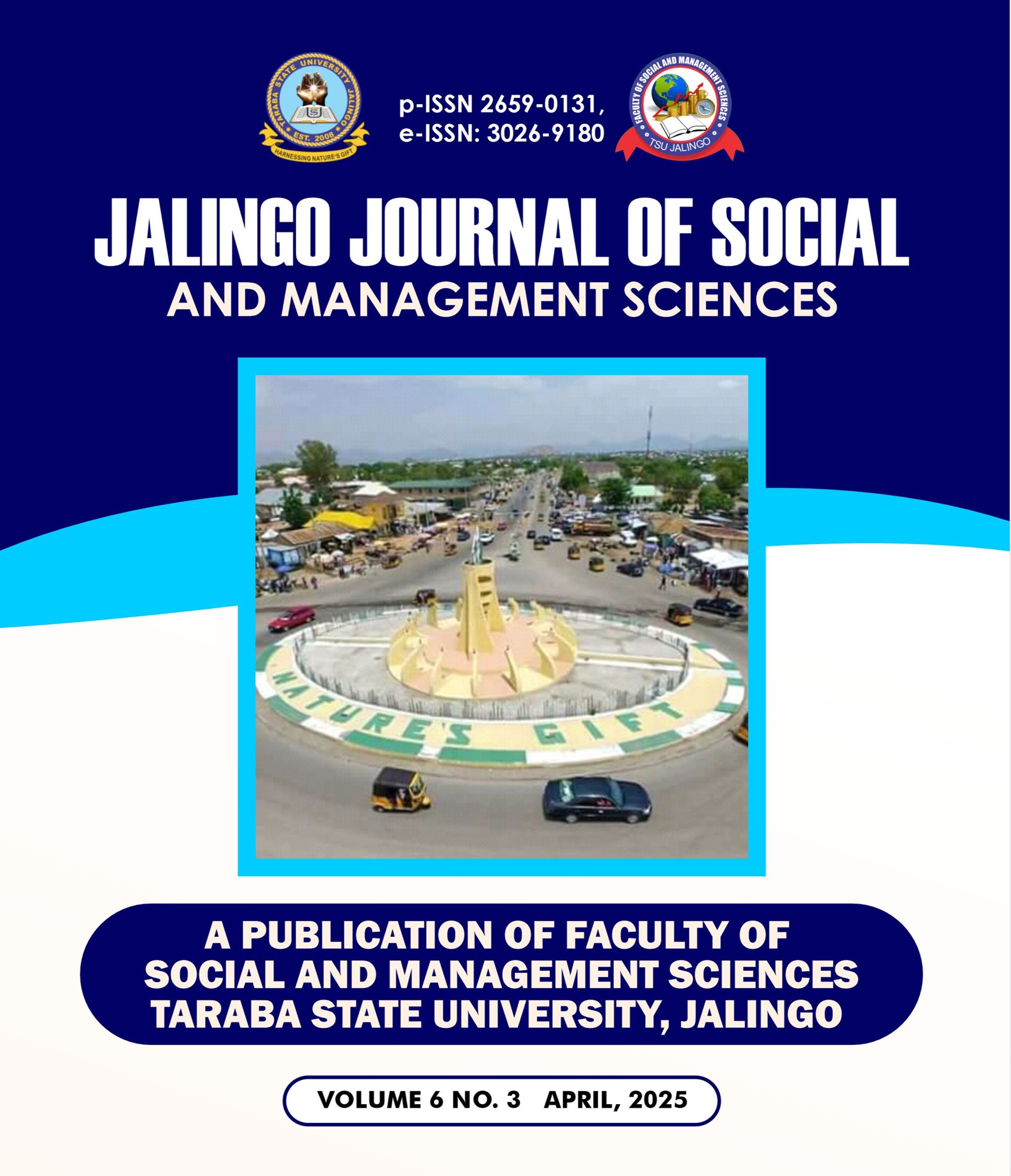Site Selection for Solar Power Stations in Parts of Kaduna State, Nigeria
Keywords:
AHP, Energy Accessibility, GIS, Solar Energy, MCDA, Site SuitabilityAbstract
Nigeria has an energy shortfall of 5,398 MW for over 200 million people in 2025. Its solar potential is high, especially in Kaduna State with 2,100–2,300 kWh/m² annually. This study assessed photovoltaic farm suitability across 7,986 km² in parts of Kaduna State. It used Geographic Information Systems and the Analytic Hierarchy Process. Eight criteria were weighted, including GHI at 34% and slope at 22%. Results showed 41.1% of the area, or 3,285.42 km², is highly suitable. These areas lie mainly in the northern part of Igabi LGA. GHI ranges from 1,915 to 2,130 kWh/m². Slopes are below 7% across 79% of the area. Bare or vegetated land covers 60.8%. All areas exceed 1,100 kWh/m²/year. Northern regions offer the best energy yield and cost benefits. Stakeholders should focus on these zones. Transmission lines are within 6,000 m of 19.5% of the area. Roads are within 5,000 m of 50%. Developers should use this infrastructure. Rural areas off the grid suit standalone microgrids. This method supports SDG 7 and works for Nigeria’s solar-rich areas.

Downloads
Published
Issue
Section
License
Copyright (c) 2025 JALINGO JOURNAL OF SOCIAL AND MANAGEMENT SCIENCES

This work is licensed under a Creative Commons Attribution-NonCommercial 4.0 International License.
